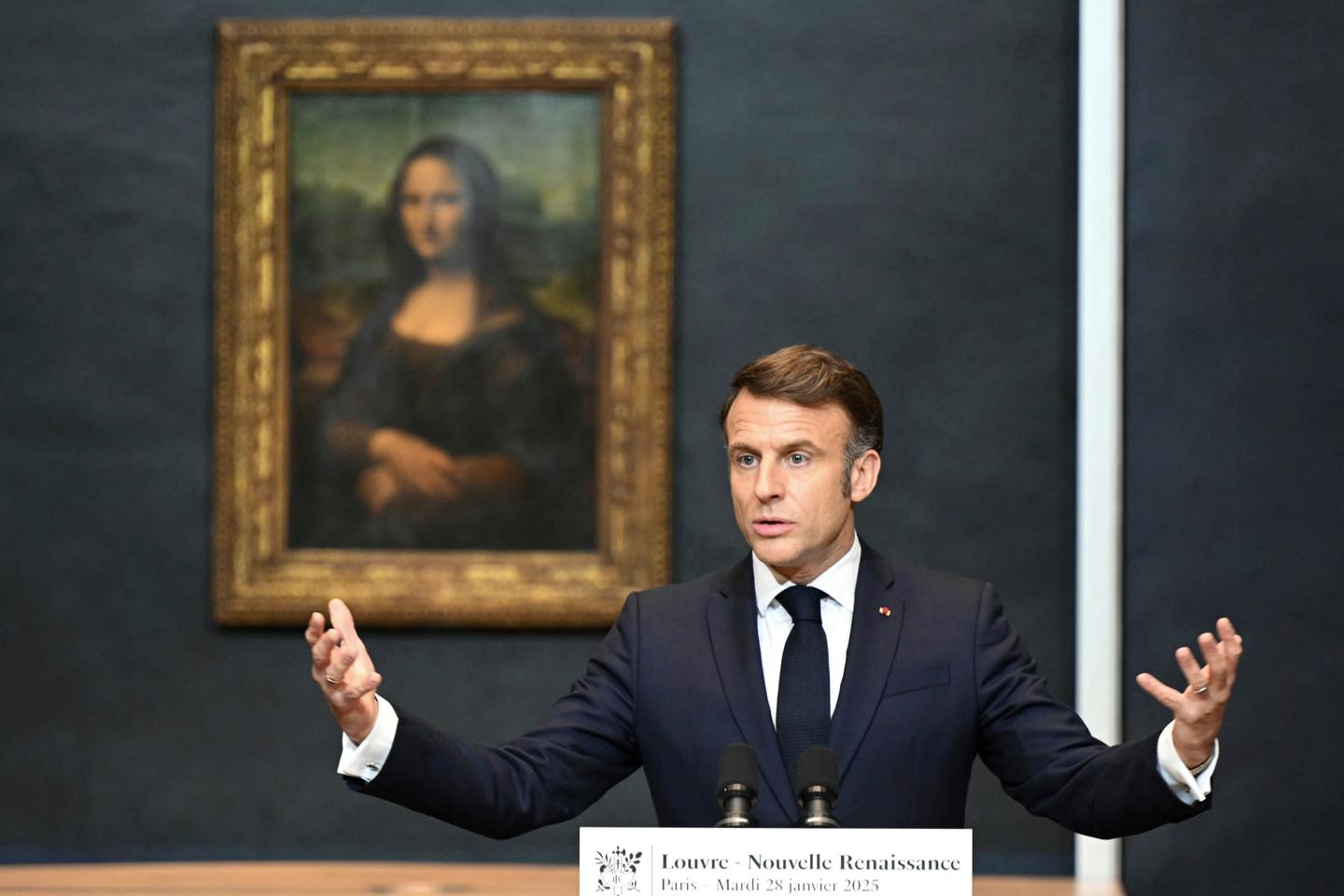


On January 28, the French president invited himself to the Musée du Louvre to make a series of announcements. The timing was surprising, to say the least, just before the budget debate, and at a time when France's debt is abysmal. But Emmanuel Macron, standing majestically in front of the Mona Lisa, spelled out a series of measures.
Let's start with the obvious one, which the president was alerted to as early as 2023, but never followed up on: refurbishing the building. There can be no doubt that such a museum needs maintenance, upkeep and repair work, and that some of this work must be carried out as a matter of urgency, given the risk of endangering the artworks. It's also clear that, in a building designed to welcome four million visitors a year but which received 8.7 million in 2024 (and many more in 2018), some facilities are inadequate.
It is necessary to rectify the discomfort experienced by visitors, which results, for example, from the fact that there are too few restrooms, and that the elevators and escalators are often out of order. The Pyramid's air-conditioning system also needs to be overhauled, as the structure is unsuited to climatic concerns, because there is – as Laurence des Cars, the establishment's president, has said – a "greenhouse effect." The fact that an exhibition had to be taken down in a hurry [in 2023, because of water leaks] confirms just how necessary the work is, and how important the announcement is.
Other announcements included the creation of a new entrance in front of the Saint-Germain-l'Auxerrois church, a stone's throw from the La Samaritaine department store, and the excavation under a courtyard to create a room dedicated to the Mona Lisa, which the president claims will be accessible by means of its own admission ticket – or a supplement, according to des Cars – in order to further expand the world's largest museum.
Differentiated pricing
Regarding pricing, the proposal to raise the price for visitors from afar has been around for a long time. Justified by both empirical and academic research, it recognizes that willingness to pay increases with the distance between the visitor's usual place of residence and the museum. As a result, this price hike will affect non-European visitors.
You have 64.22% of this article left to read. The rest is for subscribers only.
